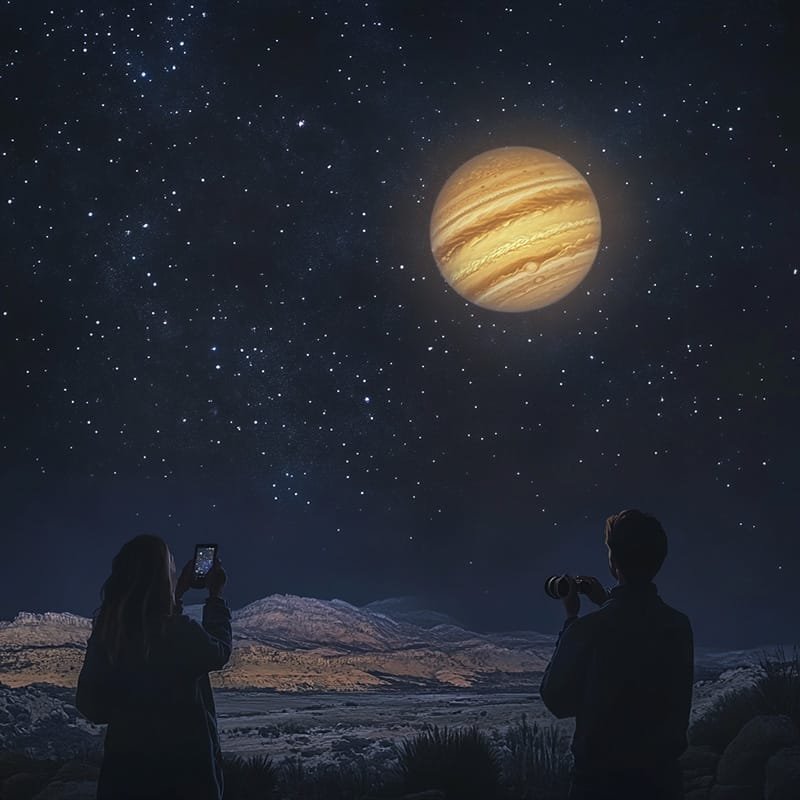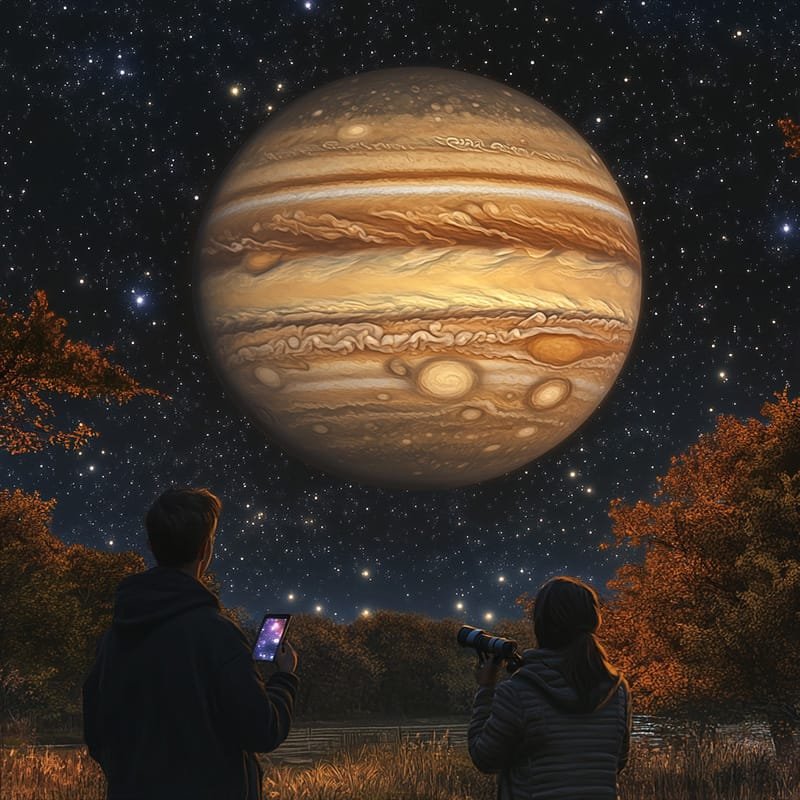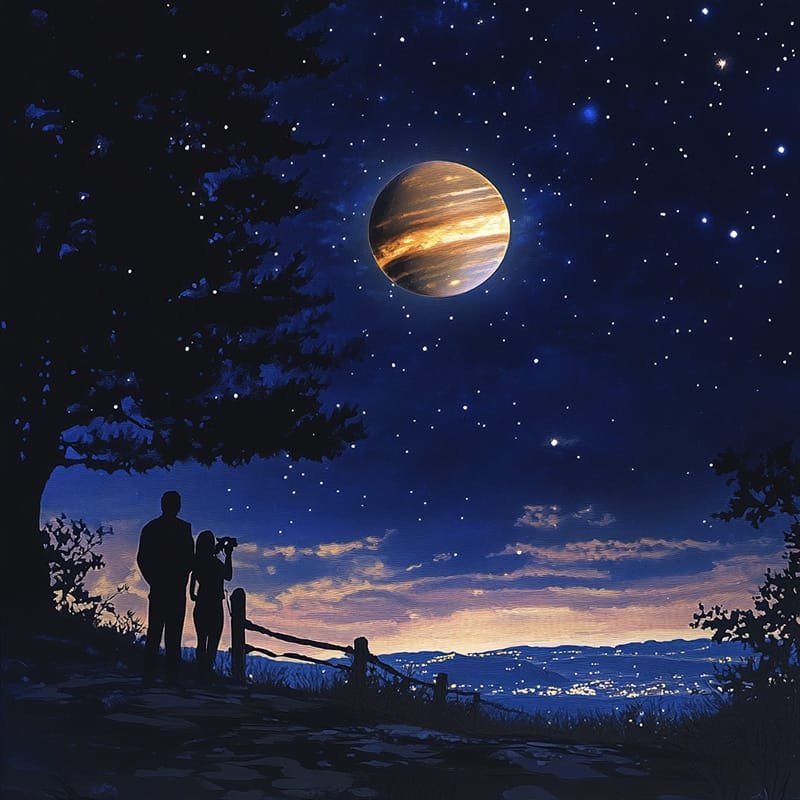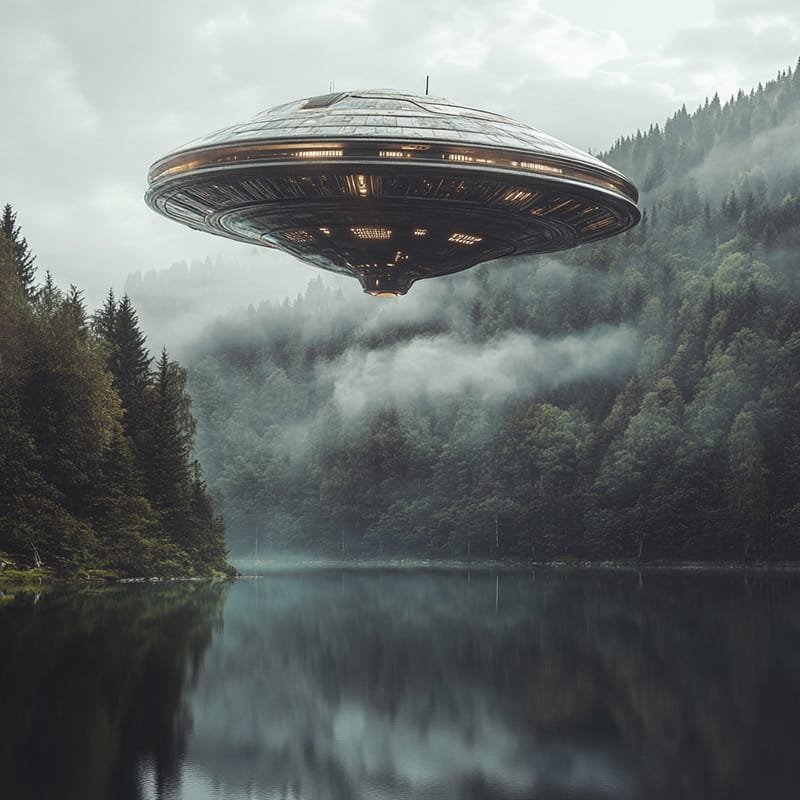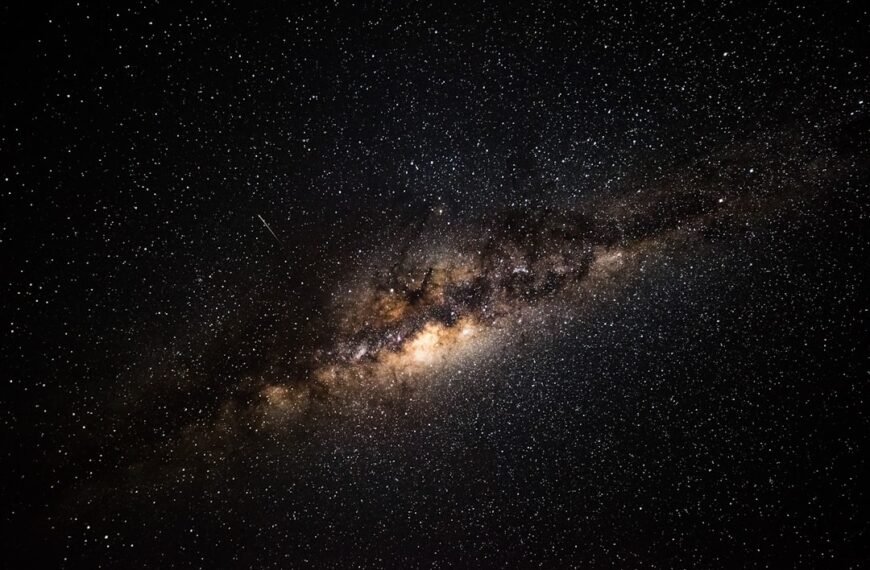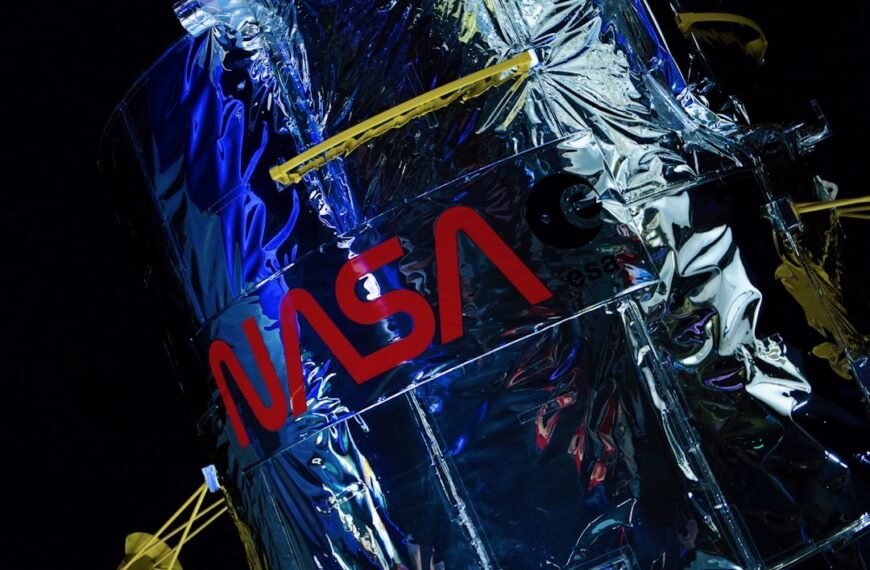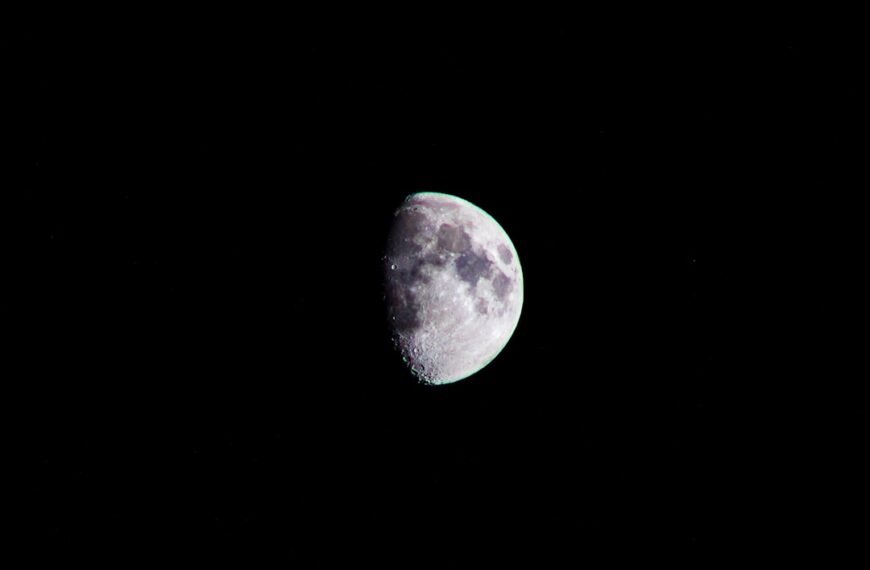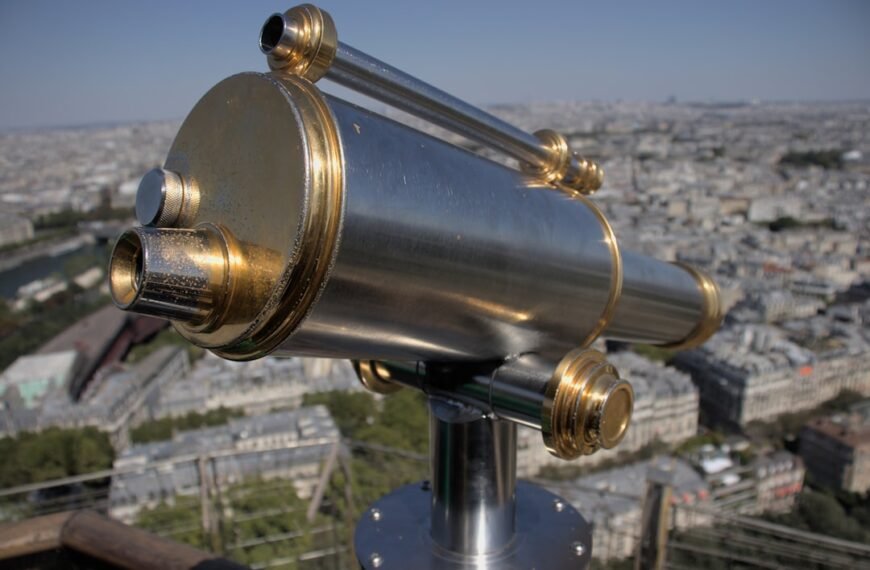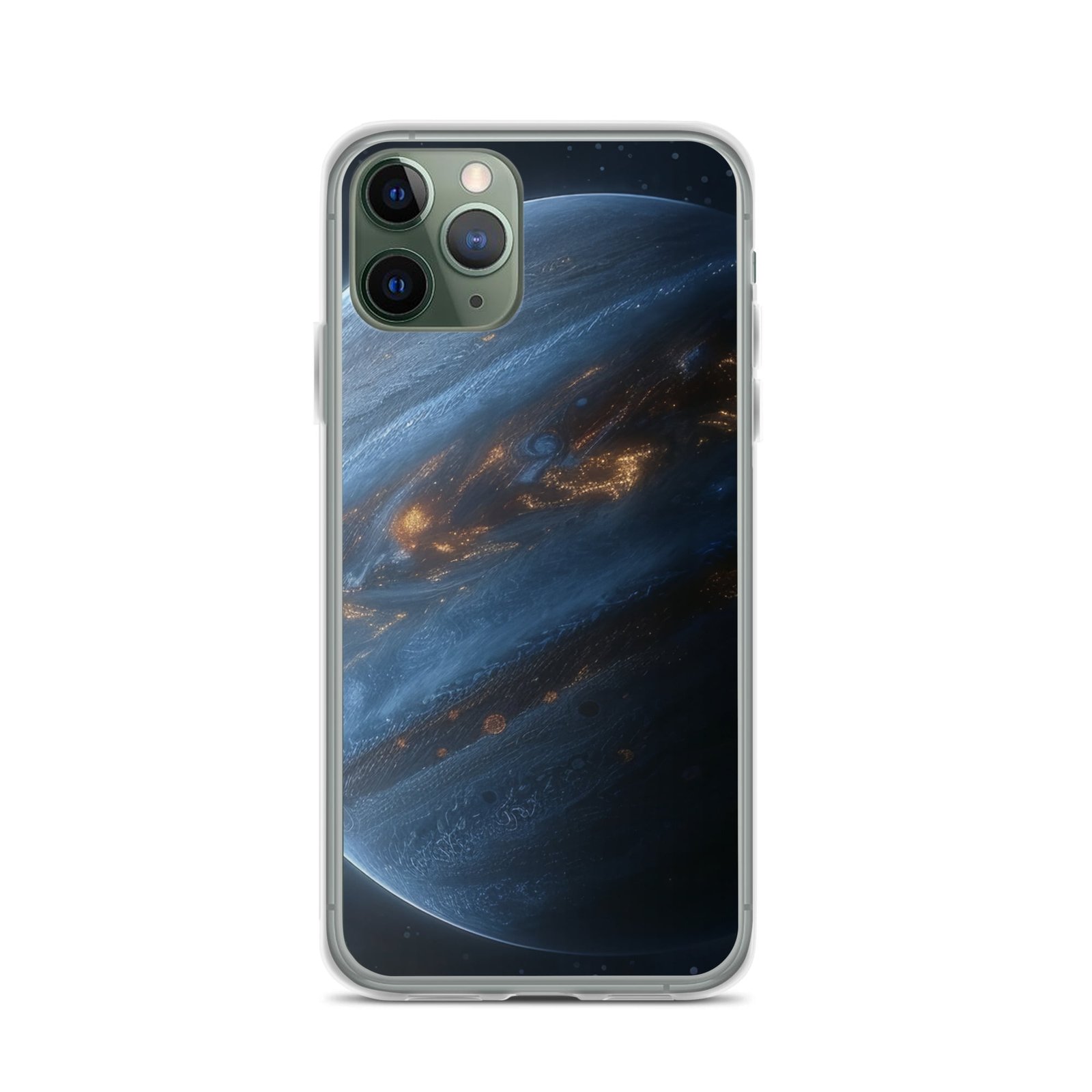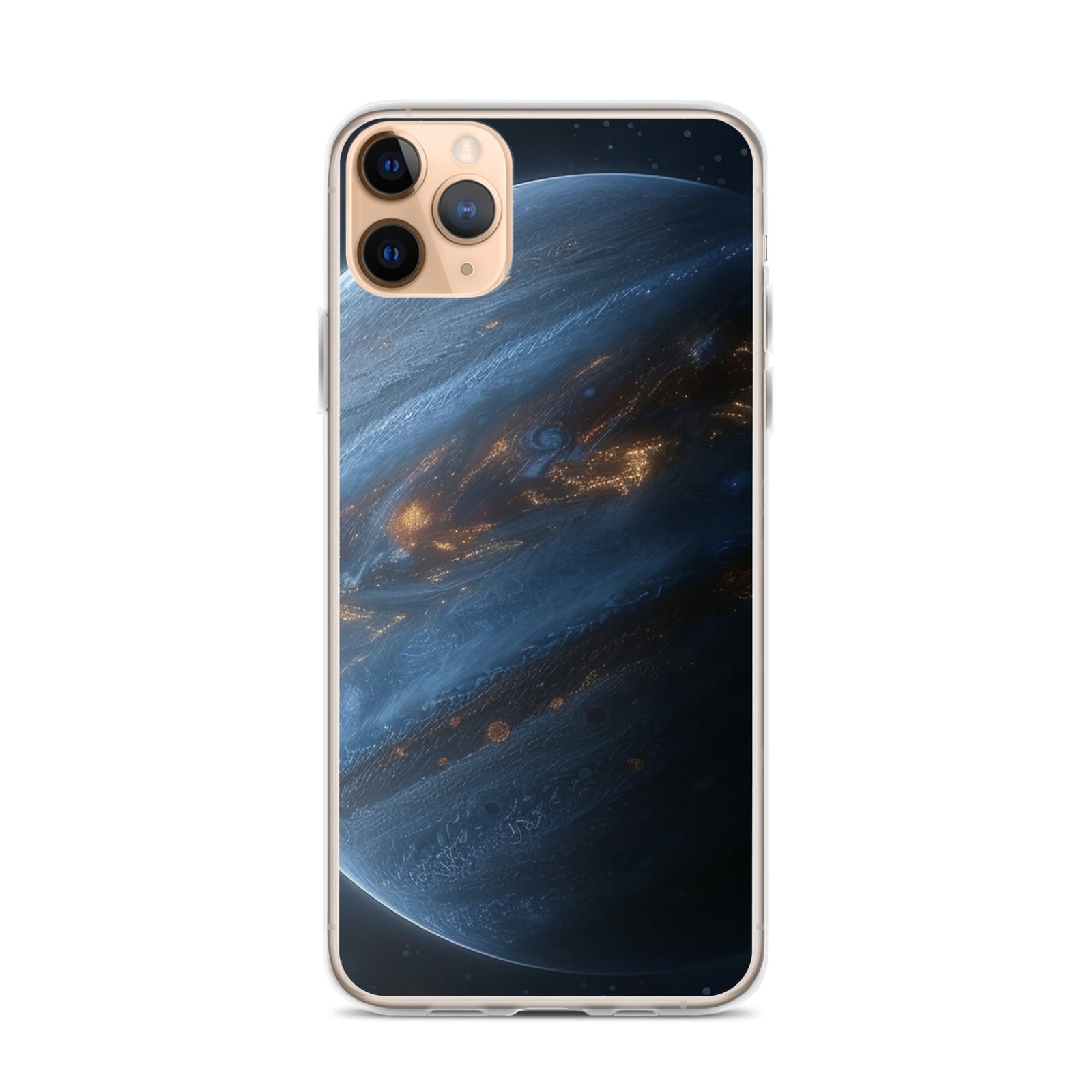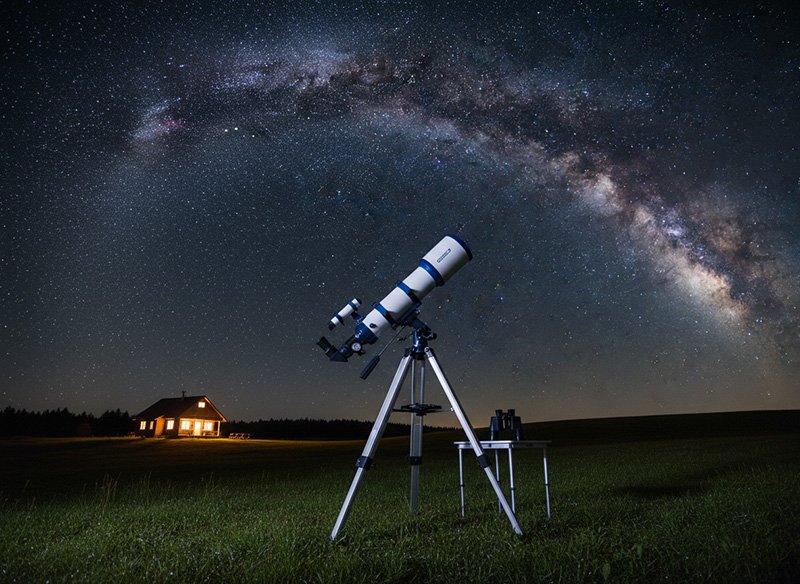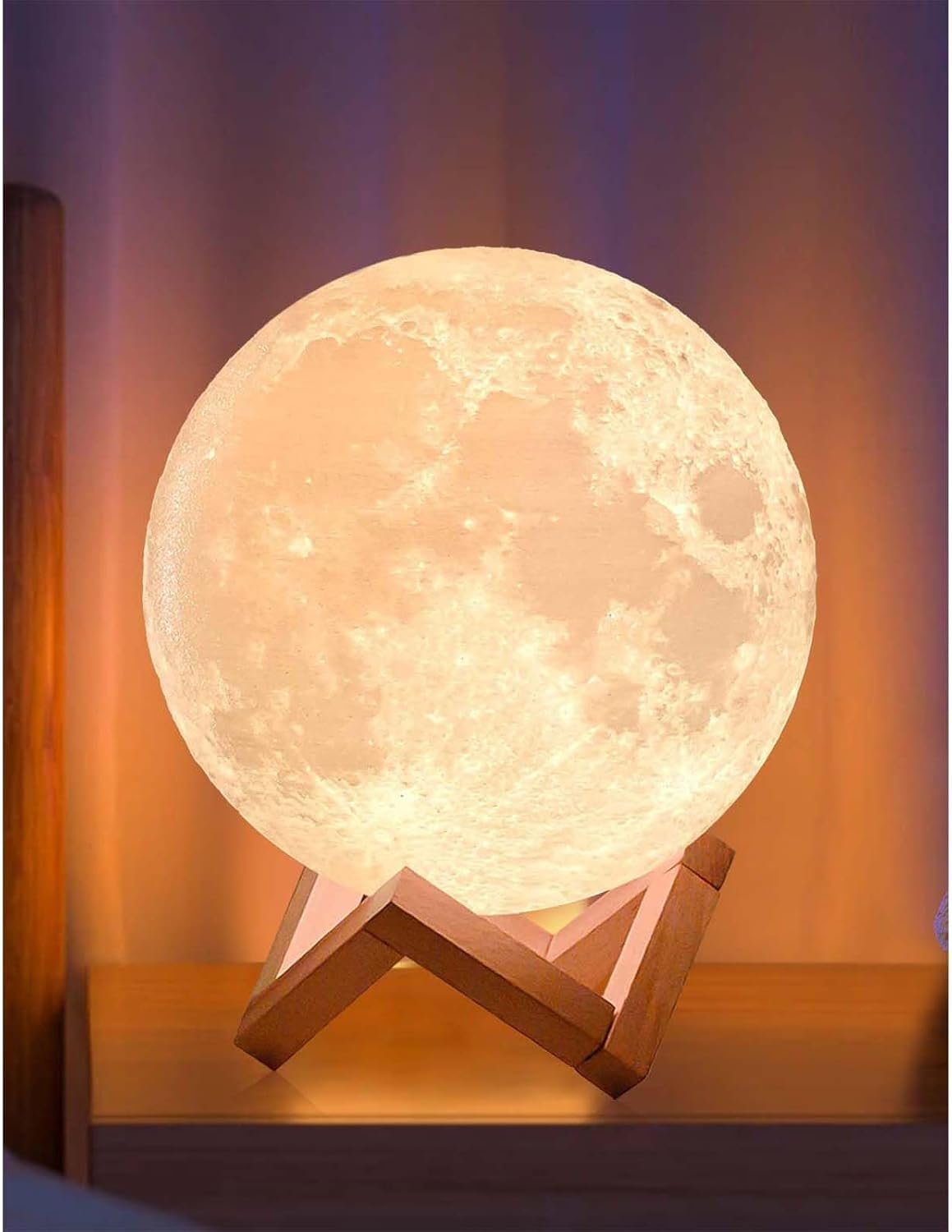Discover what that bright star in the sky is tonight! Learn to identify planets and stars with stargazing apps. Start exploring now!
What is that bright star in the sky tonight?
Key Takeaways:
- The bright white object in the night sky could be a planet, a star, or even a celestial event.
- Venus, Jupiter, and Sirius are the most common candidates for bright objects in the sky.
- Factors like time, location, and the object’s behavior (twinkling or steady light) help identify what you’re seeing.
- Mobile apps like Stellarium, SkyView, or Star Walk 2 make it easy to confirm celestial observations.
When you look up at the night sky and spot a dazzling bright white star, it’s natural to wonder what you’re seeing. Is it a star, a planet, or something else? The answer depends on several factors, including the time of night, your location, and the object’s brightness and behavior. In this article, we’ll explore the most likely candidates for the bright white star in the sky tonight, how to identify them, and tools to enhance your stargazing experience.
Understanding the Bright White Object in the Sky
The night sky is filled with celestial wonders, and some objects stand out due to their exceptional brightness. While stars typically twinkle in various colors, planets often shine with a steady light. Let’s break down the possibilities for the bright white “star” you’re seeing.
1. Venus: The Evening Star
Venus is one of the brightest objects in the sky, often mistaken for a star. It’s nicknamed the “Evening Star” (or “Morning Star,” depending on its position relative to the Sun) because of its intense brightness and visibility during twilight.
Why Venus Could Be the Bright Object:
- Brightness: Venus is the third brightest object in the sky after the Sun and Moon.
- Color: It often appears as a steady, bright white light.
- Location: Venus is visible in the western sky shortly after sunset or in the eastern sky before sunrise.
- Current Visibility: On December 7, 2024, Venus is visible in the evening sky, making it a strong candidate for the bright object you’re seeing.
Fun Fact: Venus is so reflective because of its thick clouds of sulfuric acid, which bounce sunlight back into space, giving it its characteristic brilliance.
2. Jupiter: The King of Planets
Jupiter is another likely candidate for the bright white “star,” especially if you’re observing later in the night. On December 7, 2024, Jupiter is at opposition, meaning it’s directly opposite the Sun from Earth. During this time, Jupiter is at its brightest and visible all night long.
Why Jupiter Could Be the Bright Object:
- Brightness: At opposition, Jupiter shines brightly, rivaling Venus, though it often has a slightly yellowish or orange hue.
- Location: Jupiter is visible high in the sky throughout the night during opposition.
- Behavior: Like Venus, Jupiter emits a steady light rather than twinkling.
Did You Know?
Jupiter’s brightness increases during opposition because it’s at its closest point to Earth, approximately 590 million kilometers away.
3. Sirius: The Brightest Star in the Night Sky
If the object you’re seeing twinkles, it’s likely a star, and Sirius is the brightest star in the night sky. Known as the “Dog Star,” Sirius is part of the Canis Major constellation.
Why Sirius Could Be the Bright Object:
- Brightness: Sirius is the brightest star in the night sky and can appear almost white with a hint of blue.
- Twinkling: Unlike planets, stars twinkle because their light passes through Earth’s atmosphere, causing it to flicker.
- Location: Sirius is most prominent in the southern sky and is visible from most places on Earth.
Key Detail:
Sirius is about 8.6 light-years away from Earth, making it one of our nearest stellar neighbors.
4. Other Possibilities: Celestial Events and Phenomena

While Venus, Jupiter, and Sirius are the most common bright objects, other possibilities could explain what you’re seeing.
The Moon
While not a star, the Moon can appear extremely bright, especially when it’s near full. If the Moon is visible tonight, it could overshadow other celestial objects.
Saturn
Saturn can also appear bright, though it’s less luminous than Venus or Jupiter. Its golden hue can help distinguish it from other objects.
International Space Station (ISS)
The ISS often reflects sunlight, making it appear as a bright, moving object in the sky. Its movement across the sky (lasting a few minutes) sets it apart from stars and planets.
Meteor Showers
During meteor showers, brief flashes of light in the sky could be mistaken for stars. Check if any meteor showers are active tonight.
How to Identify the Bright Object in the Sky
Identifying the bright white object involves observing its behavior, location, and movement. Here are some tips:
1. Look for Twinkling
- If the object twinkles, it’s likely a star (e.g., Sirius).
- If the light is steady, it’s more likely a planet (e.g., Venus or Jupiter).
2. Check the Object’s Position
- Planets are usually found along the ecliptic, the Sun’s apparent path across the sky.
- Stars, like Sirius, are part of constellations and remain fixed relative to other stars.
3. Observe the Timing
- Venus is visible shortly after sunset or before sunrise.
- Jupiter is visible all night during opposition.
- Sirius becomes visible later in the evening.
4. Use Stargazing Apps
Modern technology makes identifying celestial objects easier than ever. Apps like Stellarium, SkyView, and Star Walk 2 allow you to point your phone at the sky and instantly identify stars, planets, and other objects.
Tools and Resources for Stargazing
To enhance your stargazing experience, consider these tools:
- Mobile Apps: Apps like Stellarium and SkyView provide real-time sky maps.
- Telescopes: A small telescope can reveal details like Jupiter’s moons or Saturn’s rings.
- Binoculars: Even basic binoculars can enhance your view of bright objects like Venus and Jupiter.
Why Stargazing Is Fascinating
Stargazing connects us to the universe and inspires curiosity. Observing bright objects like Venus, Jupiter, or Sirius reminds us of the vastness of space and our place within it. Whether you’re a casual observer or a passionate astronomer, the night sky offers endless opportunities for discovery.
Wrap-up
So, what is the bright white star in the sky tonight? The most likely candidates are Venus, Jupiter, or Sirius, depending on factors like time, location, and brightness. Venus and Jupiter shine steadily and dominate the night sky, while Sirius twinkles brightly as the sky’s most luminous star. To confirm what you’re seeing, use stargazing apps or consult a star chart.Next time you spot a bright object in the sky, take a moment to appreciate its beauty—and maybe even learn more about it. Happy stargazing!

